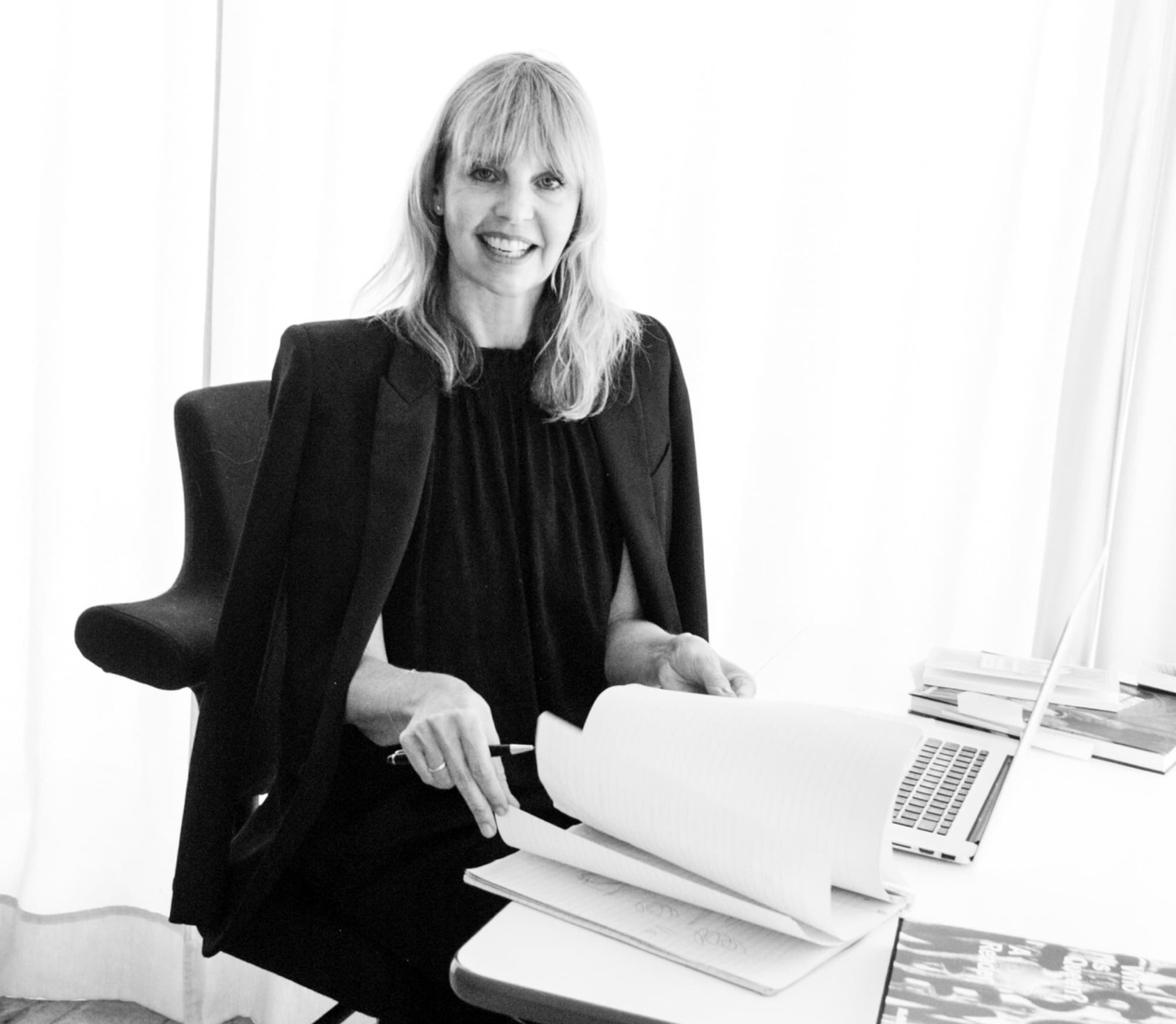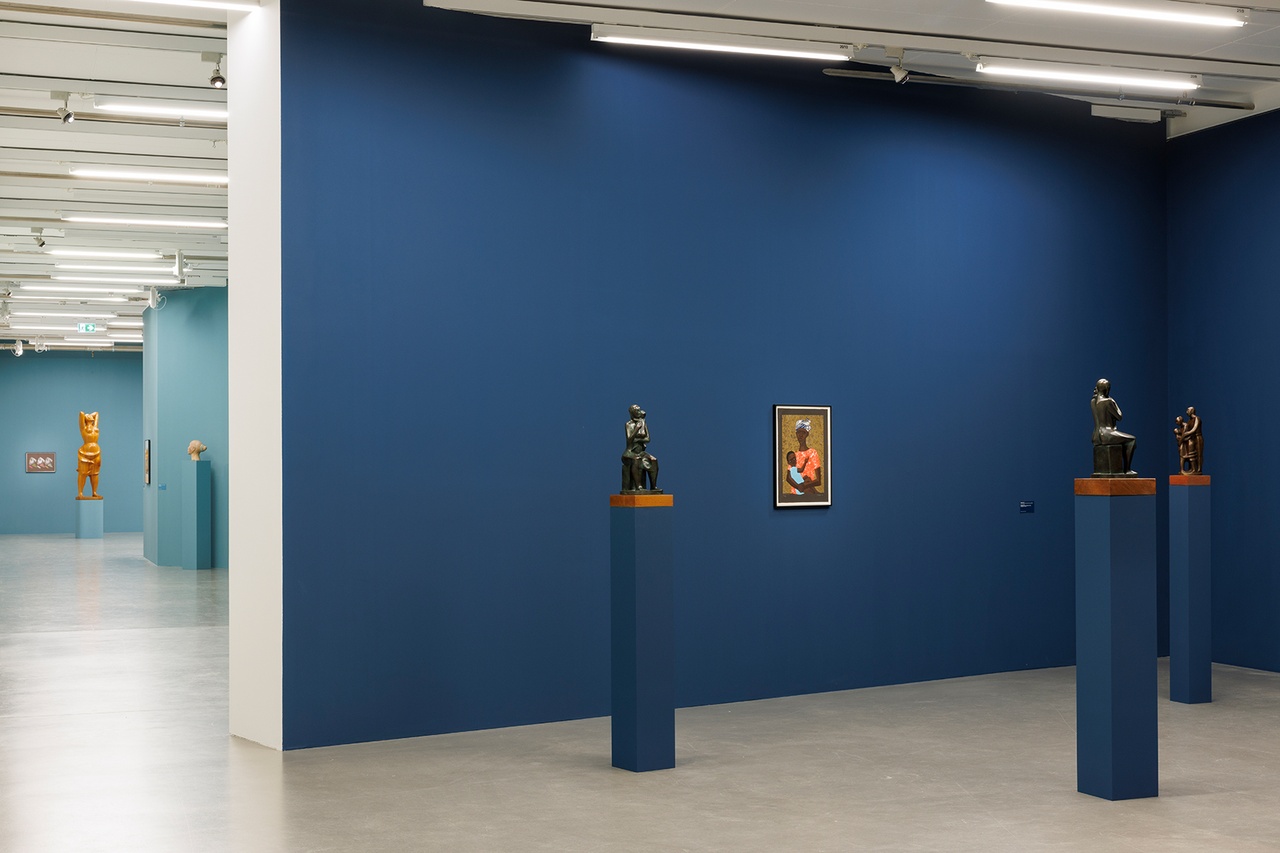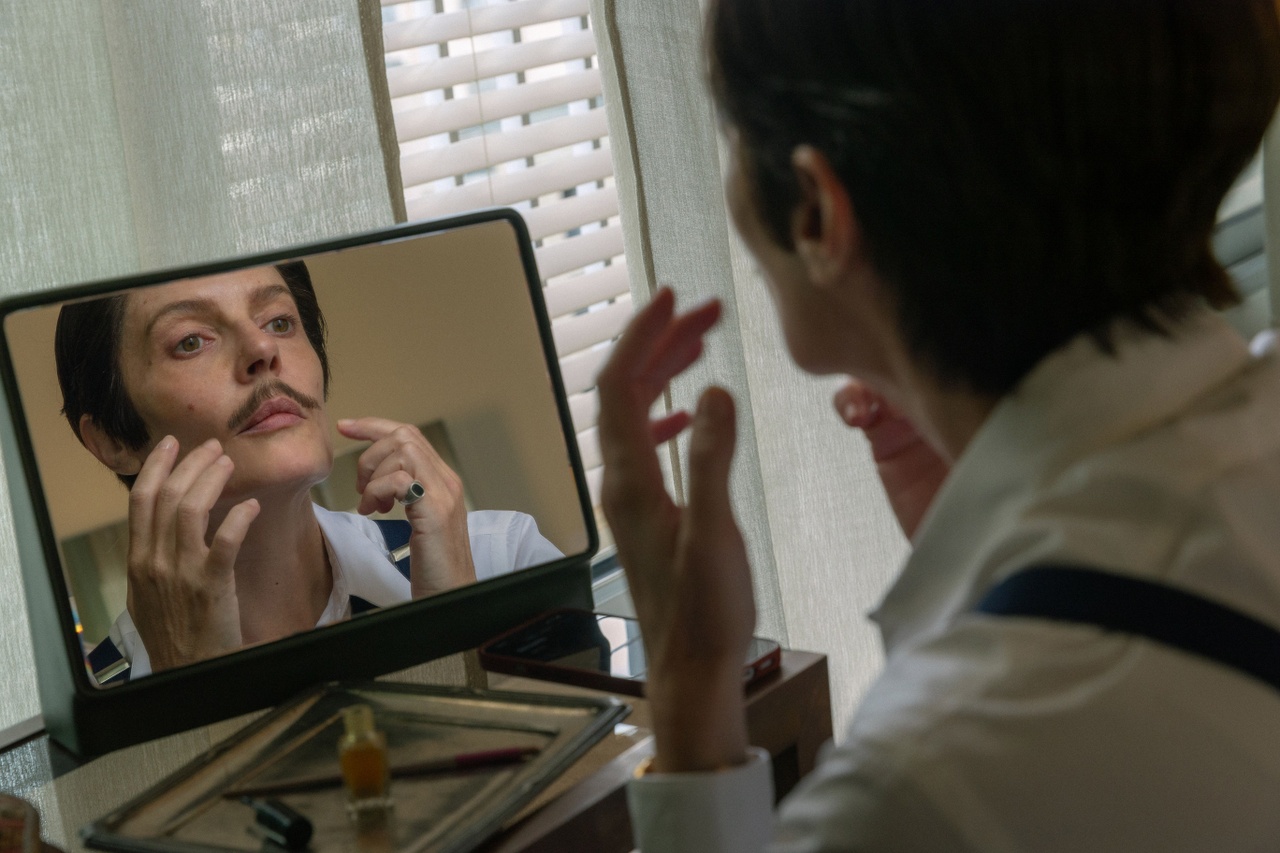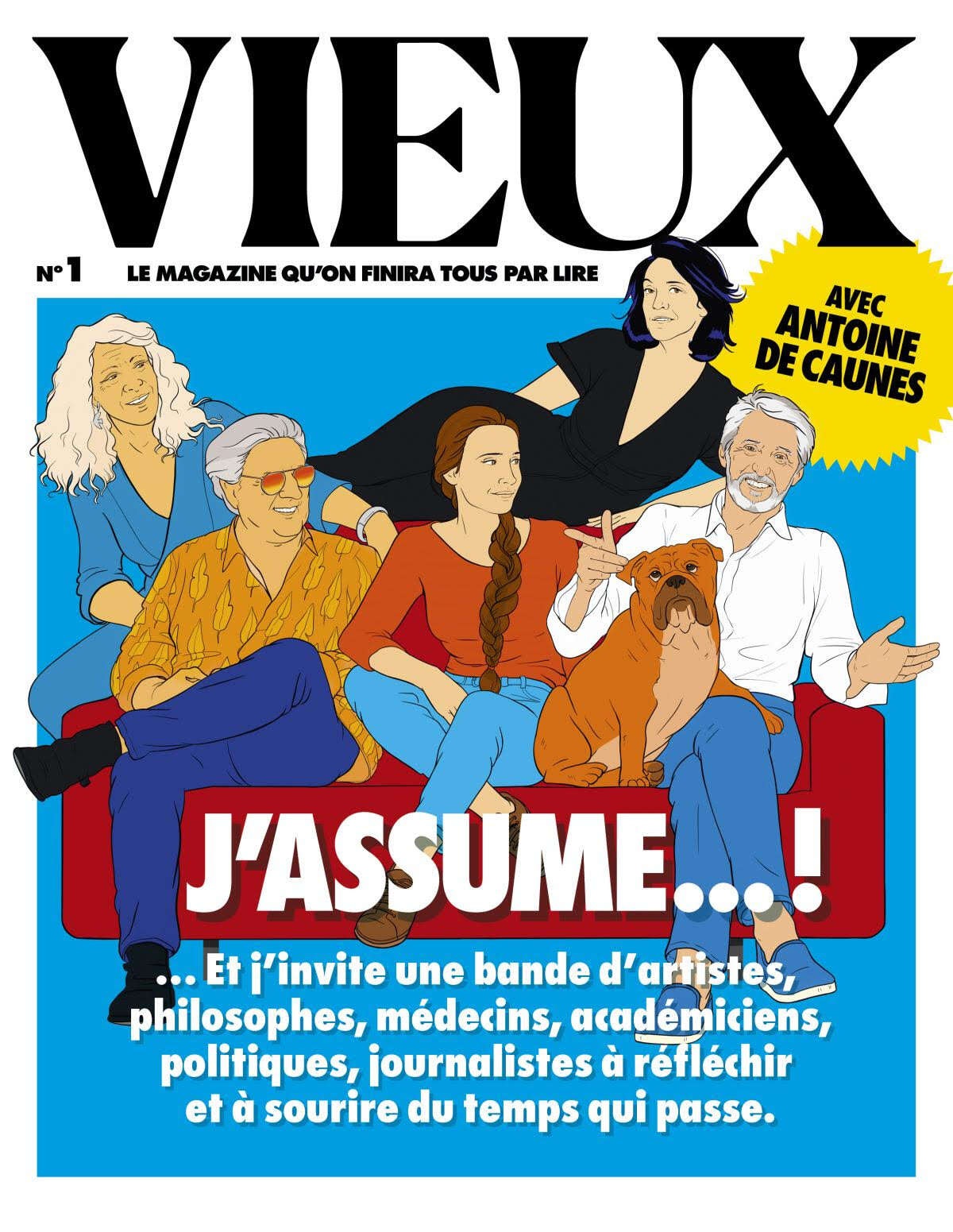ELIZABETH CATLETT, MARCELLO MIO, VIEUX Seen & Read – by Isabelle Graw

“Elizabeth Catlett”

“Elizabeth Catlett,” MMK Tower, Frankfurt am Main, 2024
This exhibition is impressive for its staging alone. As with previous shows, MMK Tower has once again used differently colored walls that lend a fitting frame to the striking visual language of Elizabeth Catlett’s graphic and sculptural works. In doing so, it seems as if the curators were seeking to emphasize the Black artist’s intensive, pithy, and socially critical rhetoric, since the ocher and blue tones used throughout the exhibition space create a meditative atmosphere that puts the focus on the social reality negotiated in Catlett’s imposing prints and objects. Time and again, the artist succeeds in representing political content and artistic form as immediately and mutually bound up with one another – as in works like I Am The Black Woman (1946–47). While her portraits can be read as an homage to the lives of Black women and their struggles against racism, they also display certain consistent formal-aesthetic qualities, such as tightly hatched lines that lend faces a plastic quality, strong black-and-white contrasts that produce a sense of pathos, and coded gestures like the raised middle finger in the portrait of Sojourner Truth (1947). This visual rhetoric gives some of Catlett’s figures the appearance of survivors whose tremendous presence makes them instantly unforgettable. Catlett’s works on the topic of mother and child have a similar potency, depicting this relationship (above all in the sculptures) as an inextricable fusion of bodies. But the intensity with which Catlett clearly worked on the material form of these works also creates a bridge to the origins of modernist sculpture, inevitably recalling the biomorphic aesthetic of artists like Constantin Brâncusi and Henry Moore. The extent to which politicized contexts influenced Catlett’s themes and processes can be seen in the prints she produced for the Taller de Gráfica Popular, a collective print workshop in Mexico: these thematize the living conditions of the country’s citizens, while also providing a further example of Catlett’s characteristically confident and urgent line work.
MMK Tower, Frankfurt am Main, November 18, 2023–June 16, 2024.
Christophe Honoré, Marcello Mio

Christophe Honoré, “Marcello Mio,” 2024
The only actually impressive thing about this film is its actors’ performances. It features Catherine Deneuve playing herself, as the mother of Chiara Mastroianni, her daughter from her relationship with Marcello Mastroianni; it is this daughter (likewise playing herself) who stands at the center of the film’s events, as she longs for her dead father. In one scene, Deneuve enters her daughter’s apartment in Birkenstocks – an unusual sight, since she’s usually seen wearing heels. As in Éric Rohmer’s 1980s films, the delightful Fabrice Luchini appears in the role of the smooth-talking and slightly sleazy male figure. He tries to get close to Chiara, driven primarily by the celebrity status of her parents, while she suffers the effects of coming from an acting dynasty and being constantly reduced to this. Missing her father, she attempts to get closer to him by slipping into his skin with the help of a shorter haircut, suit, and fake mustache; dressed in this get-up, the resemblance to her father is actually uncanny. The rest, sadly, is a farce: Chiara mutates into Marcello, flying to Rome and collecting stray dogs as he did during his lifetime, but we learn nothing deeper about their relationship, or about the psychological consequences of having an absent father. Deneuve and Luchini are the film’s saving grace, however, and it’s worth seeing for their fantastic acting alone.
France/Italy, 2024.
Vieux – Le magazine qu'on finira tous par lire

“Vieux,” 2024
The French journalist Antoine de Caunes, now in his early 70s and well connected within the Paris cultural scene, has launched a new magazine with the programmatic title Vieux (Old), whose subtitle confidently announces that we will all end up reading this publication one day. The simple message is that getting older is inevitable; since the boomer generation is now in or nearing retirement, it evidently needs a product targeted at this readership. The layout of Vieux appears appropriately old-fashioned, particularly since it largely eschews photographs; instead, it features drawn illustrations, such as portraits of those interviewed, all of whom are over 60. Is the decision to forgo photographs intended to spare readers the subjects’ wrinkles, or to stimulate their imaginations? The magazine’s voice is predominantly male, which is partly due to the fact that its editor chose to conduct most of the interviews himself and with other men. From a conversation with the actor Daniel Auteuil, we learn that he still has many plans at 72 and wants to live as long as possible to spend time with his youngest child, who is now a teenager. The insights these conversations offer into aging are mostly platitudes: according to Auteuil, the key to old age is to be careful of steps and ignore the state of one’s arteries as far as possible. A cardiologist by the name of Véronique Fournier, who founded a think tank for issues relating to old age, discusses the gendered dimension of aging: while older heterosexual men do not feel “old” at all and reject being labeled as such, women, who are used to being stigmatized for their age, are more willing to accept this categorization. A further article tells readers how to recognize when they, too, have become old: when you no longer lie under the blazing sun, wear a bathing suit instead of a bikini, or have to deal with heartburn. Vive la vieillesse!
First issue: May 29, 2024.
Isabelle Graw is the cofounder and publisher of TEXTE ZUR KUNST and teaches art history and theory at the Hochschule für Bildende Künste – Städelschule in Frankfurt am Main. Her most recent publications include In Another World: Notes, 2014–2017 (Sternberg Press, 2020), Three Cases of Value Reflection: Ponge, Whitten, Banksy (Sternberg Press, 2021), and On the Benefits of Friendship (Sternberg Press, 2023).
Translation: Ben Caton
Image credit: 1. Photo Rob Kulisek; 2. © Elizabeth Catlett Family Trust / VG Bild-Kunst, Bonn 2024, photo Frank Sperling; 3. Photo © Jean Louis Fernandez; 4. © CMI France
